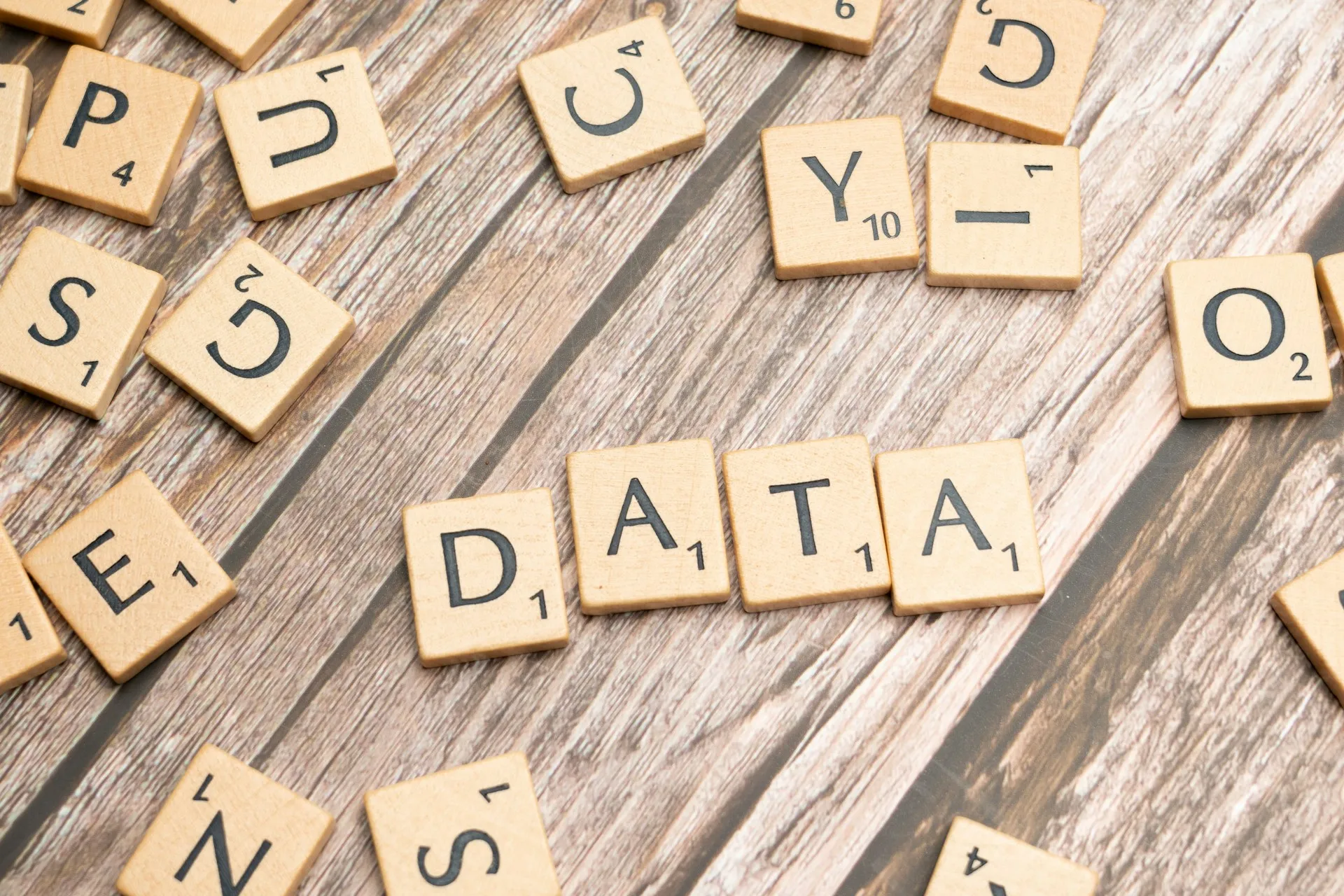
What Is Big Data? A Beginner’s Guide in 2025
If you've ever heard the term "Big Data" and felt overwhelmed, you're not alone. Big Data is everywhere in 2025, from the apps on your phone to the way companies deliver personalized ads and even how governments make decisions. But what exactly is Big Data, and why should you care? This beginner’s guide will help you understand the basics, real-world applications, and future potential of Big Data — in the simplest way possible.
What Is Big Data?
At its core, Big Data refers to extremely large and complex datasets that traditional data processing tools can’t handle efficiently. Think of billions of social media posts, streaming video logs, GPS coordinates, medical records, and online purchases — all happening in real-time. Big Data isn’t just about size; it’s also about the speed, variety, and accuracy of the data being collected and analyzed.
The 5 V’s of Big Data
To understand Big Data better, many experts refer to the “5 V’s”:
- Volume: Massive amounts of data generated every second.
- Velocity: The speed at which new data is created and processed.
- Variety: Different types of data — text, images, audio, video, and more.
- Veracity: Accuracy and reliability of data.
- Value: Turning raw data into useful insights.
Why Big Data Matters in 2025
In 2025, data is more valuable than oil. Every swipe, click, voice command, and transaction you make contributes to a growing sea of data. Businesses, governments, and even non-profits rely on Big Data to make smarter decisions.
For example, streaming services like Netflix use Big Data to recommend shows you’ll likely enjoy. E-commerce sites track your behavior to suggest products. Hospitals analyze patient data to improve diagnosis and treatment.
Real-World Examples of Big Data
Let’s look at some real-life uses of Big Data:
- Healthcare: Predict disease outbreaks and personalize treatments.
- Retail: Track customer preferences and optimize inventory.
- Finance: Detect fraud in real-time using transaction patterns.
- Transportation: Manage traffic flow and logistics efficiently.
- Social Media: Understand public sentiment and trends.
How Is Big Data Collected?
Big Data is collected from a wide range of sources, including:
- Websites and mobile apps
- Smartphones and wearable devices
- Social media platforms
- Sensors in cars and cities (IoT)
- Online transactions and customer reviews
Popular Big Data Tools in 2025
Some of the most used Big Data tools this year include:
- Apache Hadoop: Open-source framework for distributed storage and processing.
- Spark: Fast data processing engine for real-time analytics.
- Tableau: User-friendly tool for data visualization.
- Google BigQuery: Serverless data warehouse powered by Google Cloud.
- Snowflake: Popular cloud-based platform for data warehousing.
Big Data vs Traditional Data
Traditional data systems (like Excel or small databases) are great for structured, limited information. But Big Data handles:
- Petabytes of information
- Unstructured and real-time streams
- Machine learning and predictive analytics
In short, Big Data gives organizations a competitive edge through **faster insights and smarter actions**.
Challenges of Big Data
Despite its potential, Big Data comes with its own set of challenges:
- Privacy: Who owns your data, and how is it used?
- Security: Large datasets are attractive targets for hackers.
- Complexity: Managing and analyzing data at scale is not easy.
- Cost: Infrastructure and tools can be expensive.
The Future of Big Data
The future is bright — and massive. Big Data will power the next wave of technologies, including:
- AI and Machine Learning automation
- Smart cities and IoT ecosystems
- Hyper-personalized marketing
- Digital twins in manufacturing and healthcare
Conclusion
Big Data is not just a tech buzzword anymore — it’s the backbone of how the world works in 2025. Whether you're a small business owner, a data enthusiast, or just someone curious about technology, understanding Big Data gives you an edge.
The sooner you learn to harness its power, the more prepared you'll be for the future. And the best part? You don’t need to be a data scientist to get started — just curious and willing to explore.
